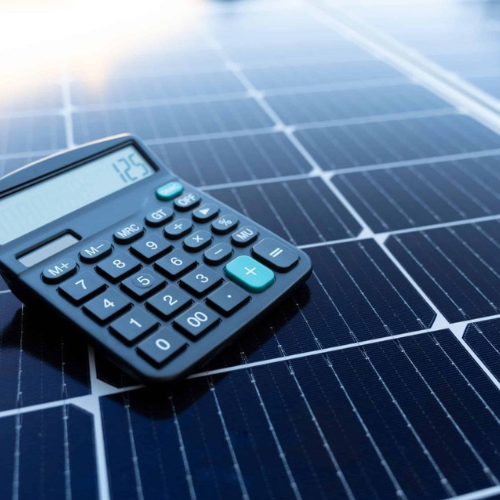Contents
- 1 Understanding Electricity: A Comprehensive Guide
- 1.1 Understanding Electricity
- 1.2 Direct Current (DC) Electricity
- 1.3 Alternating Current (AC) Electricity
- 1.4 Differences Between DC and AC Electricity
- 1.5 Advantages and Disadvantages of DC and AC Electricity
- 1.6 Frequently Asked Questions
- 1.6.1 What is the difference between DC and AC electricity?
- 1.6.2 Which type of electricity is used in most homes?
- 1.6.3 What are the advantages and disadvantages of using DC electricity?
- 1.6.4 Why is AC electricity preferred for power distribution and electric power transmission?
- 1.6.5 Can DC and AC Electricity Work Together?
- 1.6.6 Which Type of Electricity is Safer for Humans?
Understanding Electricity: A Comprehensive Guide
Electricity is an essential part of our lives, powering everything from household appliances to industrial systems.
Electricity is a big part of your daily life, powering everything from your home wiring systems to your favorite electrical devices.
To really get a grip on how electrical systems work, it’s important to understand the two main types: **Direct Current (DC)** and **Alternating Current (AC)**. This article dives into what electricity is all about, highlights the defining characteristics of direct current (DC) and alternating current (AC), and breaks down the **key differences** such as waveform, frequency, and phase difference between them.
You’ll also find a discussion on the **advantages and disadvantages** of each type, giving you insight into their varied applications.
So jump in and explore the **fascinating world of electricity**!
Understanding Electricity
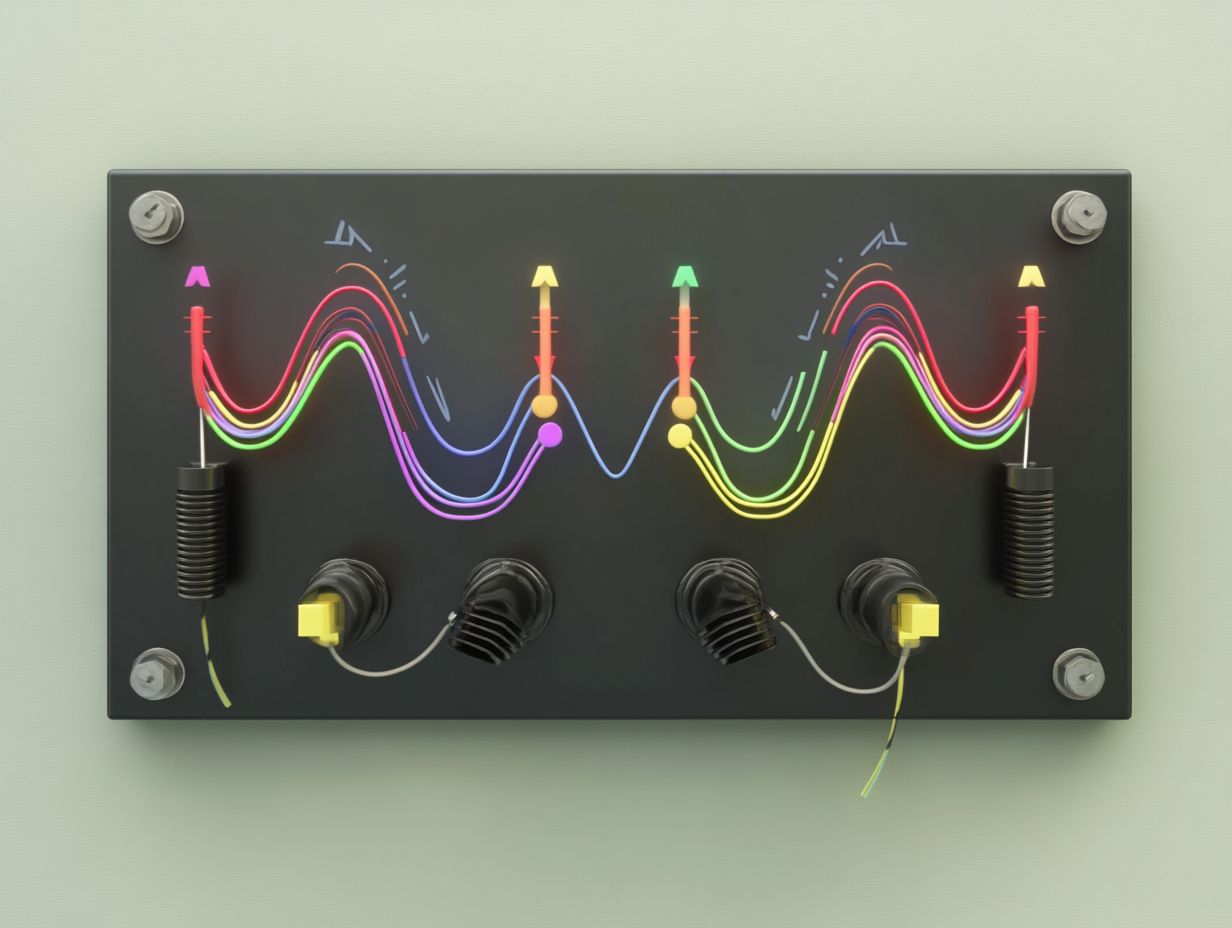
Understanding electricity is essential in today’s world since it powers everything from your household appliances to massive industrial systems.
You can think of electricity in two main categories: Direct Current (DC), which gives you a constant voltage or current, and Alternating Current (AC), which changes in voltage and current flow over time.
By grasping the basics of these types of electricity, you’ll gain a better appreciation for how power generation works. This knowledge also highlights the importance of electrical circuits, power distribution, and safety standards in energy distribution, especially when it comes to renewable energy applications like solar power and wind power.
What is Electricity?
Electricity is essentially a form of energy that comes from the flow of electric charge, and you can harness it for all sorts of things, like powering your home or running industries through efficient electric power transmission.
Think of electric charge as tiny particles, similar to droplets of water in a flowing river, demonstrating conduction through materials. When these charges start moving, they create electric current, which is similar to water flowing through a pipe.
Now, voltage is the electromotive force that pushes this current through the wiring—just like how water pressure makes liquid flow through a garden hose.
By grasping these basic concepts, you’ll have a better understanding of how this invisible force powers your everyday gadgets, lights, and even heavy machinery, making life a whole lot more convenient and efficient.
Sadiku, M. N. O. (2009). Elements of electromagnetics. Oxford University Press. Link
Types of Electricity
Electricity can be categorized into two primary types. You’ve got two main types of electricity to consider: Direct Current (DC), which flows steadily in one direction, and Alternating Current (AC), which changes direction periodically and is characterized by a sinusoidal wave. AC is pretty clever because it allows for efficient transmission over long distances.
Both types of electricity play important roles in your everyday life and in various industries. For example, in a typical household, you’ll find DC in batteries and solar panels, powering devices like your smartphone and flashlight.
On the flip side, AC is what powers your appliances, like refrigerators and air conditioners, since it can be easily transformed to different voltages.
In industrial settings, DC motors are the go-to choice because they offer precise speed control, making them perfect for robotics and other applications requiring high conversion efficiency. Meanwhile, AC is the favorite for heavy machinery and lighting systems since it can travel longer distances with less energy loss.
Each type has its own unique advantages, serving different needs based on the application.
Direct Current (DC) Electricity
Direct Current (DC) electricity is all about that one-way flow of electric charge. It keeps a steady voltage level, which is super important for a ton of applications.
Whether you’re powering up small electronic devices or managing large-scale energy storage systems like batteries, DC is the way to go.
Definition and Characteristics
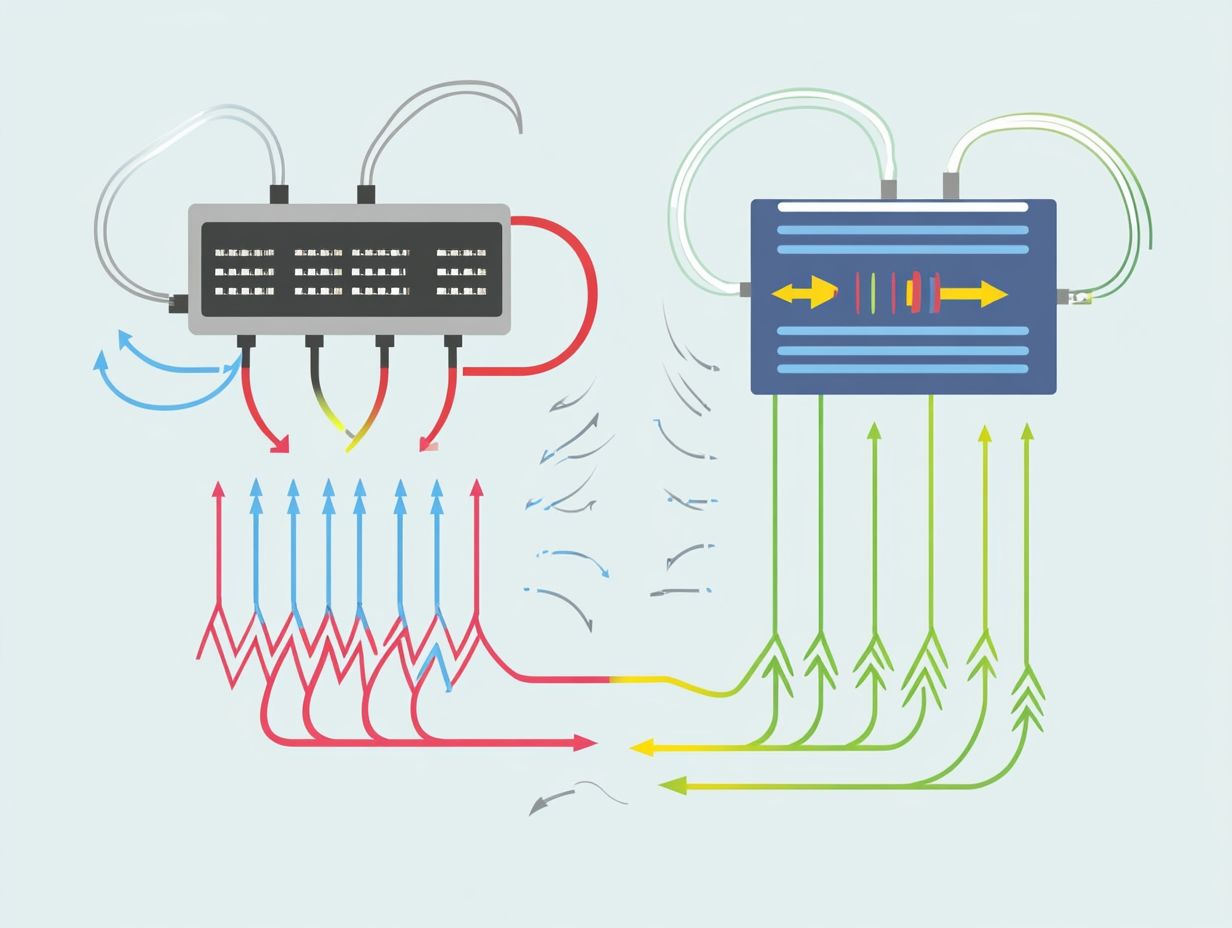
Direct current is all about that steady voltage or current flow that never changes direction, making it perfect for applications where you need stable and predictable electrical characteristics.
This reliability means you can count on various devices and systems, like batteries, solar panels, and electronic circuits, to work the way they’re supposed to.
Unlike alternating current, which can fluctuate in amplitude and direction, direct current sticks to a fixed value—think of it as a nice straight line on a waveform graph.
This consistency is particularly advantageous for sensitive electronics, such as computers and LED lighting, as any power fluctuations can lead to malfunctions or reduced efficiency.
Additionally, many charging systems, like those for electric vehicles, depend on DC to deliver consistent energy, showing just how crucial it is in our modern tech landscape.
Alternating Current (AC) Electricity
Understanding AC electricity is essential for grasping modern power systems. Alternating Current (AC) electricity is all about the periodic switch-up in current direction, featuring a sinusoidal waveform. This clever little trick makes it super efficient for transmitting power over long distances with minimal power loss.
That’s why it’s the go-to type of electricity for both homes and businesses everywhere.
Definition and Key Characteristics
Alternating current is all about that periodic change in voltage and current flow, usually shown as a smooth sinusoidal waveform. You’ll find it widely used in electrical systems because it’s super efficient for power distribution.
This type of current switches direction, typically at a frequency of 50 or 60 Hertz, making it way more effective for transmitting power over long distances compared to direct current, due to its high compatibility with transformers.
One of the standout perks of alternating current is how easily it transforms voltages. This feature makes it perfect for high-voltage power lines that help keep energy loss to a minimum during transmission.
You can see alternating current in action in a bunch of familiar places, like household appliances, industrial machines, and HVAC systems. Its versatility really boosts efficiency and performance across various electrical setups.
Differences Between DC and AC Electricity
You need to understand the differences between DC and AC electricity to really get how they work in different systems.
DC electricity gives you a steady, unidirectional current, while AC electricity alternates direction, making it way more efficient for energy distribution in electrical grids.
Key Distinctions
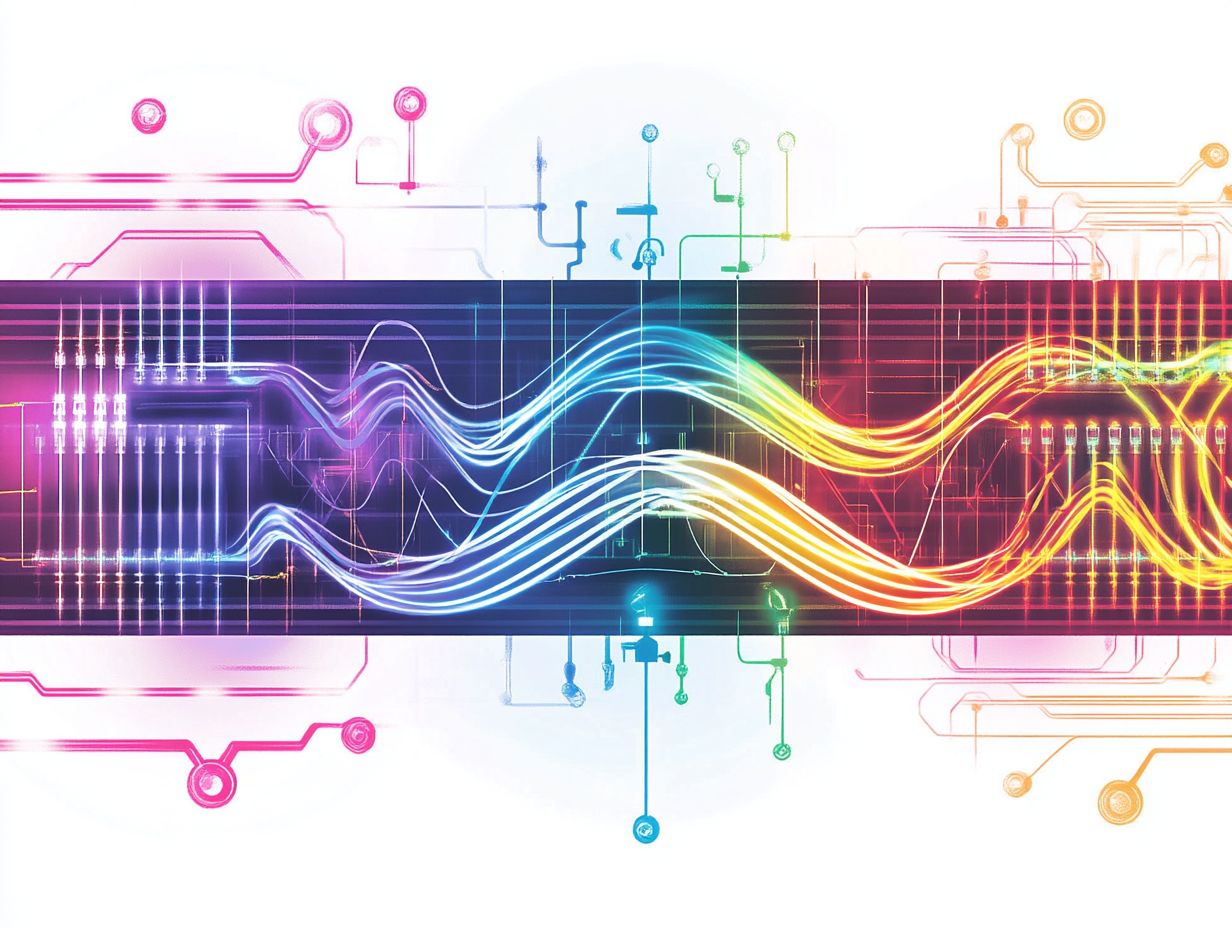
The key differences between DC and AC electricity come down to how the current flows, voltage stability, and efficiency in power transmission. You’ll find that DC is more suited for low-voltage applications, while AC is the go-to choice for high-voltage distribution.
When you think about voltage characteristics, DC keeps a steady voltage level, which is perfect for electronic devices like batteries and solar panels. This stability ensures reliable performance.
On the flip side, AC has fluctuating voltage, making it easy to transform to different levels with transformers. That’s why it’s fantastic for transmitting power over long distances.
The efficiency of AC in long-distance power distribution minimizes energy loss, aided by its effective utilization of transmission lines. Meanwhile, DC tends to be more efficient in situations involving battery storage and electric vehicles.
Because of these differences, you’ll typically see DC used in personal electronics and renewable energy systems, while AC is the backbone of residential and industrial power supplies.
Applications and Uses
You’ll find that DC electricity is the go-to for batteries and electronic devices, while AC electricity is what powers most of your appliances and is crucial for generating power in electrical grids.
Think about it: DC is what keeps your smartphones, laptops, and electric vehicles running smoothly, providing that stable voltage needed for optimal performance and efficiency in energy transfer. On the flip side, AC is your household hero, supplying power to your electrical appliances like refrigerators, air conditioners, and lighting.
Regarding large-scale energy distribution, AC is the backbone of the electrical grid, allowing for long-distance transmission with minimal loss.
Both types of electricity have their unique roles and importance: you typically prefer DC for battery-operated devices because of its steady current, while AC gets the nod for its ability to be transformed to different voltages, making it essential for both residential and commercial setups.
Wildi, T. (2006). Electrical machines, drives, and power systems. Pearson Education. Link
Advantages and Disadvantages of DC and AC Electricity
When evaluating the advantages and disadvantages of DC and AC electricity, it’s important to understand that while DC has its perks—like being super efficient for short-distance applications—AC shines when it comes to long-range power transmission and powering a variety of electrical systems.
Pros and Cons of Each Type
The perks of DC electricity are pretty clear—it has a straightforward design and works well with small electronic devices. In addition to its straightforward design, DC offers vital benefits in electronic circuits, making things run smoothly and playing nicely with modern tech like batteries and solar panels.
However, it does have its downsides, like limited distance in energy transmission compared to AC electricity, which is the champ when it comes to long-distance power distribution thanks to its ability to change voltage levels.
But you’ll need complicated conversion systems, such as inverters and rectifiers, to step up the voltage for transmission, which can lead to inefficiencies and extra costs.
On the flip side, AC electricity shines with its sinusoidal waveforms. It allows for easy voltage transformations through transformers and reduces energy losses during long-distance travel. That’s why AC is usually the go-to for powering homes and industries.
Still, it’s important to keep safety in mind. High-voltage AC can be riskier compared to lower-voltage DC systems due to electrical resistance and reactance, which sparks ongoing debates among electrical engineers and consumers.
Frequently Asked Questions
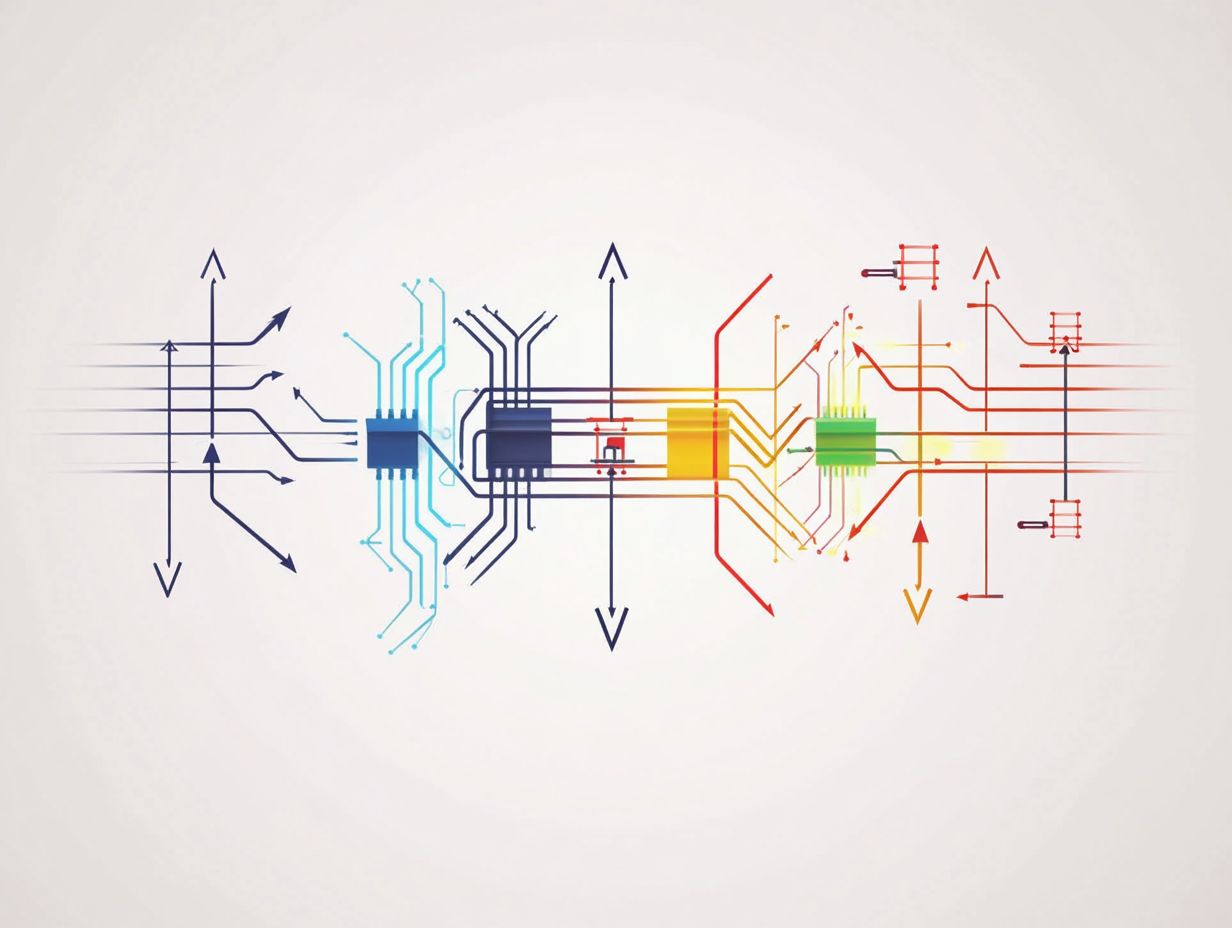
What is the difference between DC and AC electricity?
Direct current (DC) electricity flows in one direction, while alternating current (AC) electricity flows back and forth.
Which type of electricity is used in most homes?
AC electricity, also known as alternating current, is used in most homes because it can be easily transmitted over long distances and can be converted to different voltages with a transformer for various electrical appliances.
What are the advantages and disadvantages of using DC electricity?
DC electricity, or direct current, is more efficient for certain applications, such as electronics and small motors, and is less likely to cause shocks and fires due to its constant flow in one direction. Its efficiency in power supply systems often involves energy storage solutions like batteries.
Why is AC electricity preferred for power distribution and electric power transmission?
AC electricity, characterized by its sinusoidal wave and frequency, can be easily converted to different voltages using a transformer, making it more convenient for long-distance power transmission and distribution. This capability is crucial for the electrical grid and power distribution networks.
Can DC and AC Electricity Work Together?
Yes, AC and DC electricity can be used together in devices that require both types of electricity. This is common in hybrid cars, solar power systems, and microgrids where inverters and rectifiers manage energy conversion and signal transmission.
Which Type of Electricity is Safer for Humans?
DC electricity is considered safer for humans because it produces a constant flow of current in one direction, reducing the likelihood of shocks and fires. Its lower risk is associated with reduced power loss and better control over electrical resistance and reactance.
Guru, B. S., & Hiziroglu, H. R. (2001). Electric machinery and transformers. Oxford University Press. Link


